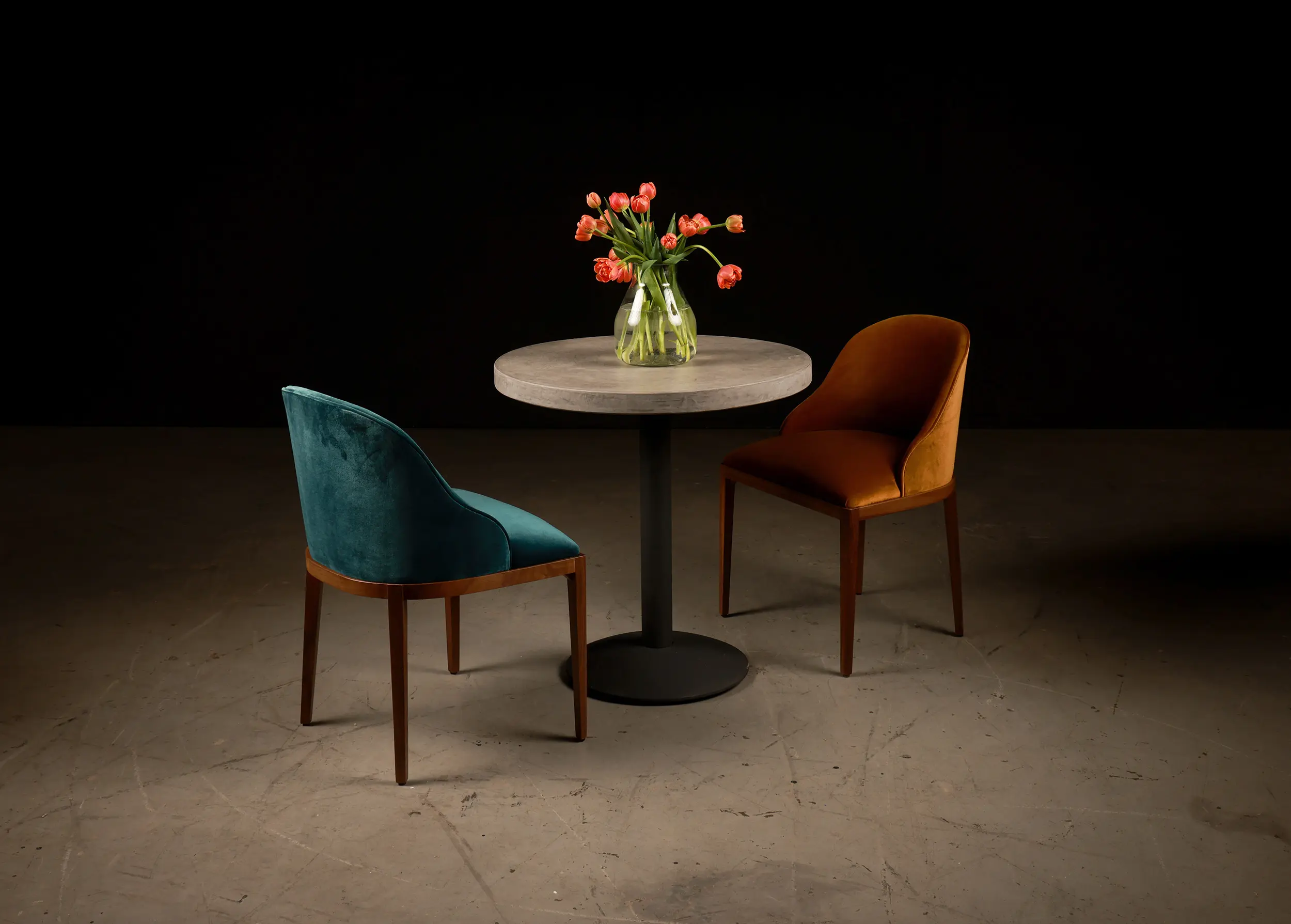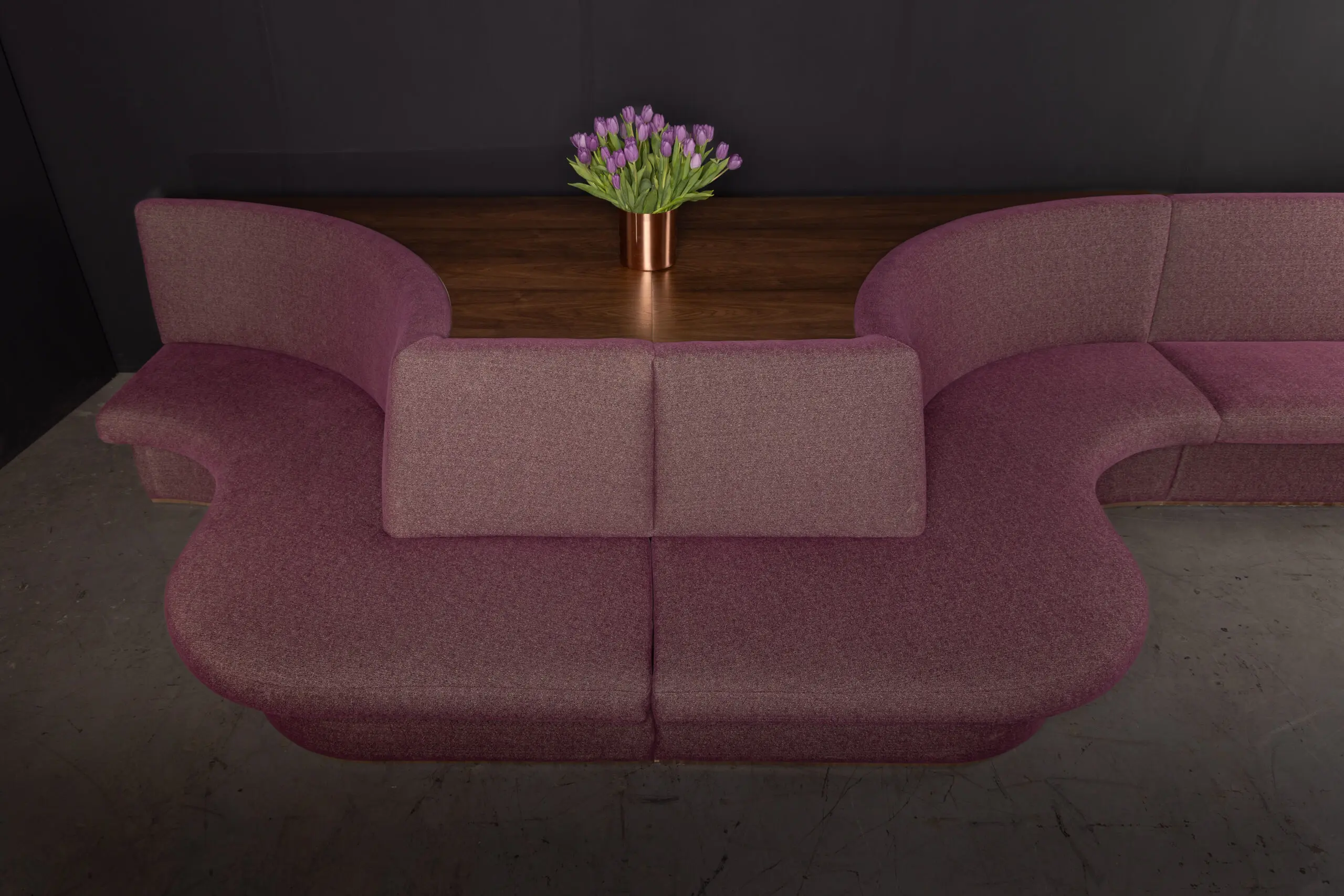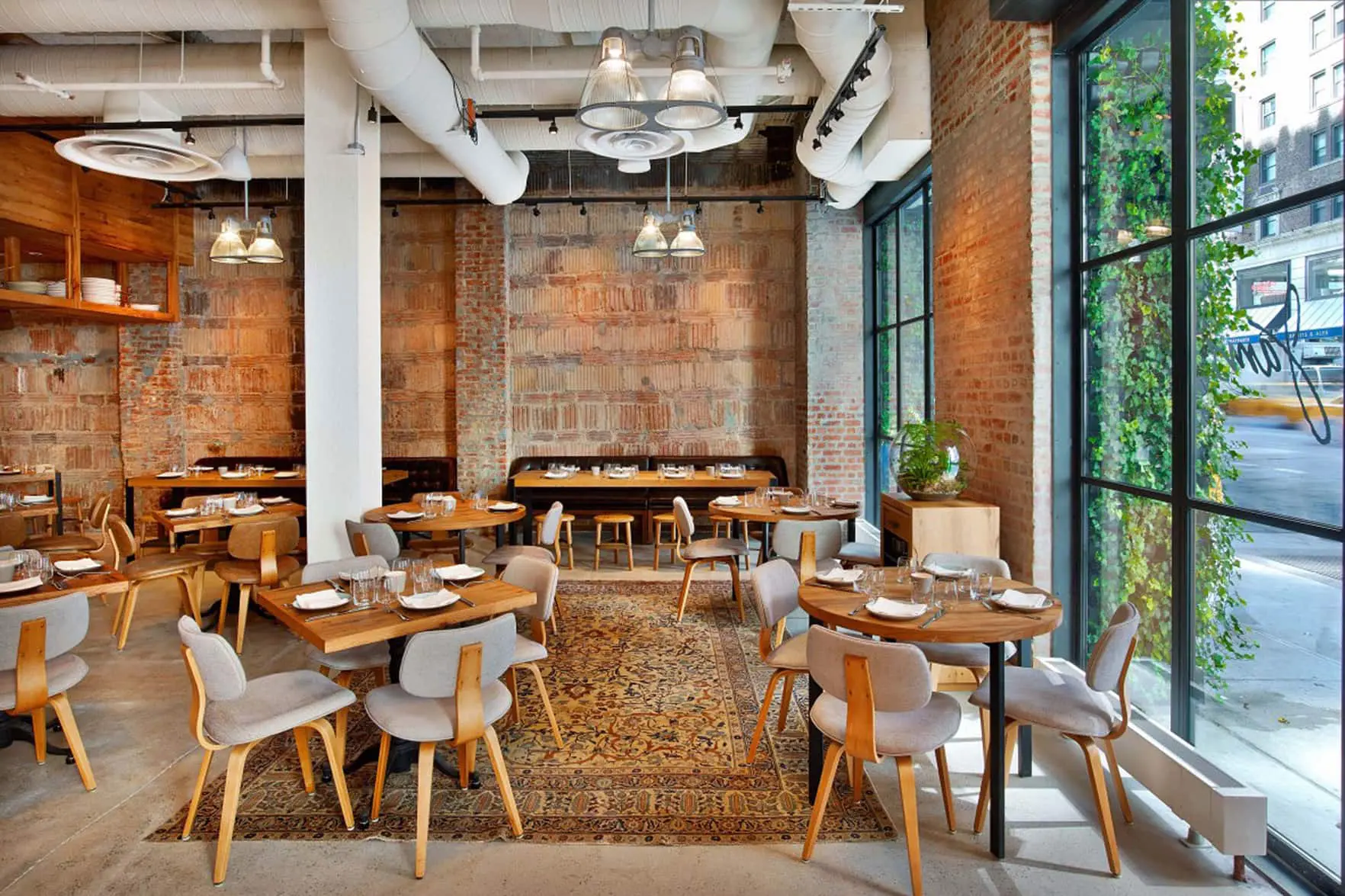Restaurant chairs are a prominent decorative element of the upscale hospitality venue. Unlike the dining table, which is often covered with a tablecloth, chairs capture the attention of guests with their stylistic features on full display. Luxury restaurant seating must combine comfort, aesthetic appeal, and premium durability, which guide how we design, manufacture, and finish all of our bespoke models. The best restaurant chairs should offer commercial-grade quality, with exceptional solid wood, upholstery, or metal, artistically designed to withstand heavy use in a dynamic environment.
This article explores numerous features associated with quality restaurant seating, as we compare some of the best restaurant chairs by visual and practical design. From trends and stylistic ideas, to seat comfort, ergonomic guidelines, and finish options, the customization process yields endless variety. To decide and choose, we must understand the complexity of this seemingly mundane item, and recognize the important features that separate one model from another, as we compare their strengths and characteristics.
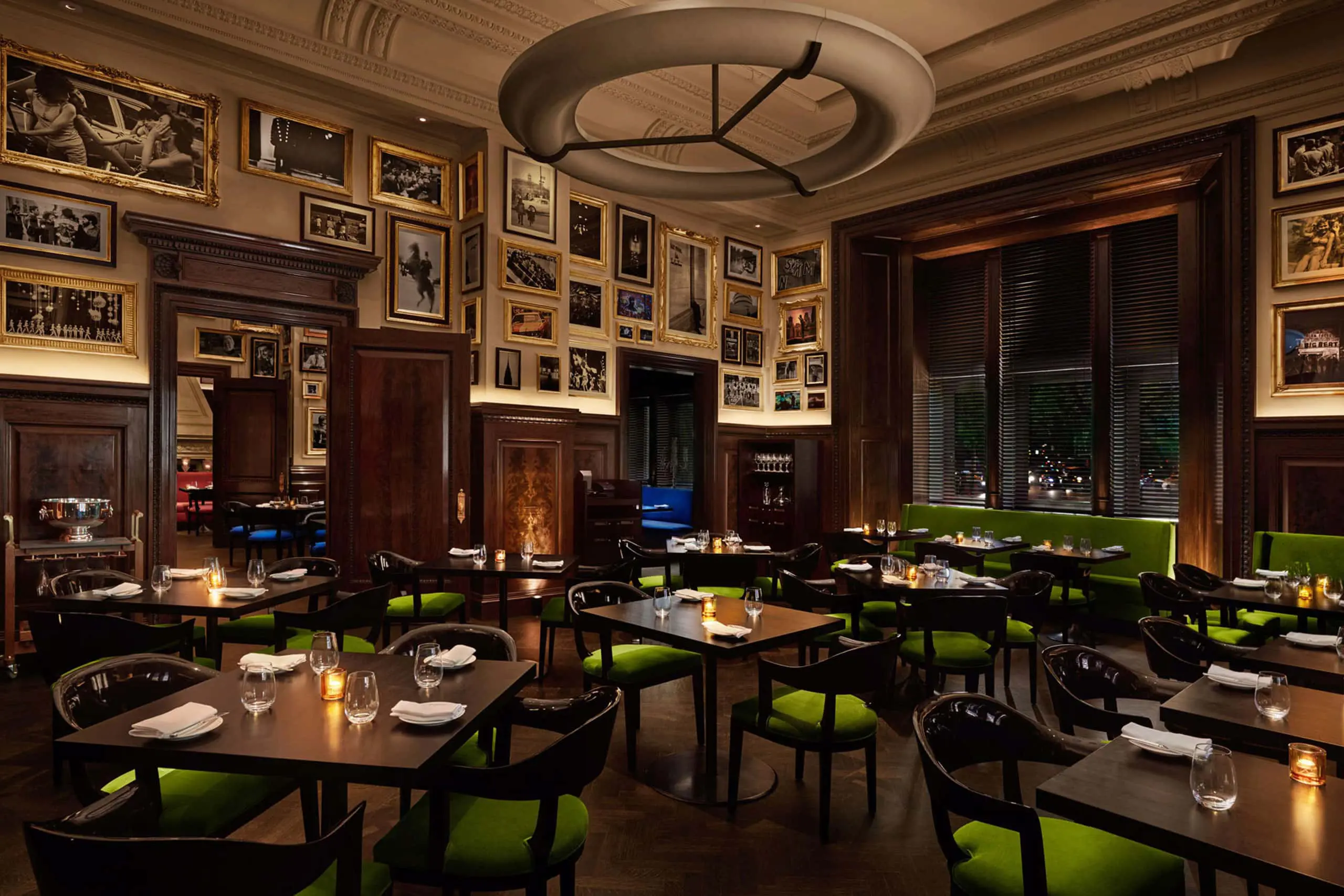
The staple of restaurant seating
The restaurant chair is the most versatile furniture item. Unlike booths and banquettes, a set of dining chairs is modular enough to create any guest arrangement without prior notice, and with minimal effort from the staff. With a relatively small base footprint, and flexibility to fit any setting, chairs provide practical features that are hard to replicate.
On the stylistic front, a breadth of options makes this furniture item even more appealing, giving designers unlimited freedom. Paired accordingly, restaurant tables and chairs can elevate any interior, with timeless elegance and sophistication.
Classic restaurant chairs
Classic chairs are very popular for the restaurant setting, as they convey a sense of traditional elegance that is hard to surpass. Known as traditional original or replica chairs, they employ the design principles of a specific period from which they borrow. To classify them beyond the broad definition, and comment on their design features in-depth, we have to link them to a particular style. Each model brings to the forefront a set of timeless principles that revive the aesthetic greatness of an era.
Contemporary dining chairs
The contemporary restaurant chair borrows elements from all styles and eras, offering a clean visual narrative that is meant to impress. These models provide exceptional seat comfort, with prominent back support and a wide base, featuring plush upholstery and neutral color palates. Made of modern materials and nicely finished wood species to accentuate their color depth or natural grain, this category includes beautiful contemporary wooden chairs and restaurant lounge chairs that dominate the dining area.
Modern dining chairs
Modern chairs are very difficult to define, as they embrace numerous design concepts and integrate a range of materials. From metal bar stools to imposing upholstered dining chairs, modern restaurant seating options are limitless in their functional and aesthetic variety. Exploring forms, textures, and tactile experiences, these models chart new paths for future designers to replicate or iterate upon.
Whatever the concept, it is vital for designers to consider all aspects of the layout and how every chair integrates with the rest of the furniture, especially in relation to restaurant table ideas.
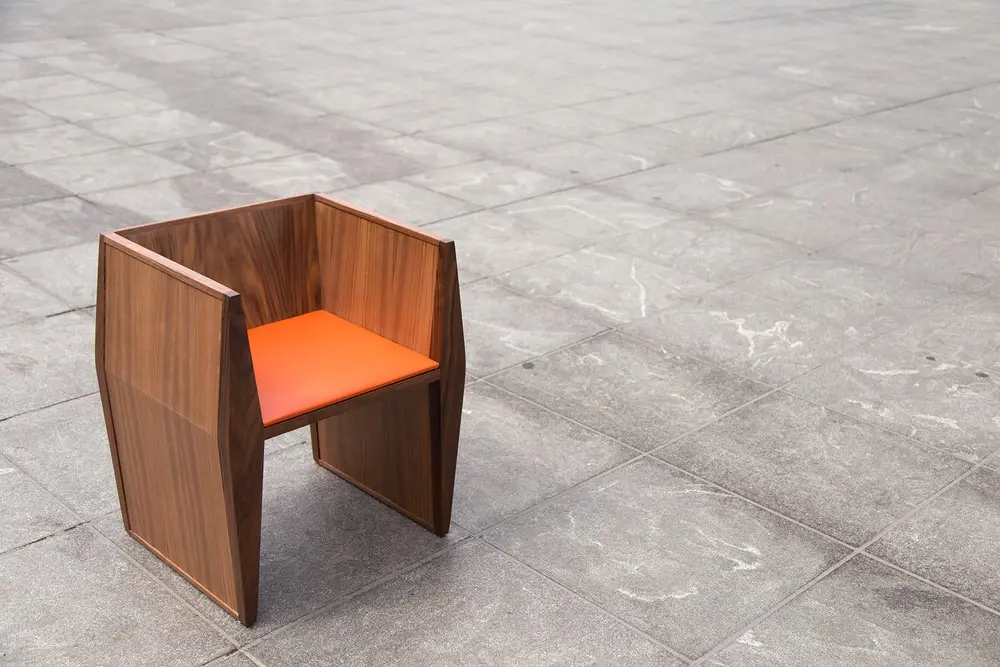
The best restaurant chairs offer exceptional durability
Between repair, reupholstery, and replacement, owners of large restaurants spend a sizable budget. This is why durable restaurant furniture justifies the investment.
The best restaurant chairs should have higher load-bearing capacity, structural integrity, and resistance to wear and tear. Designers usually prefer solid wood models made of dense species, with a lower shrinkage rate, and exceptional Janka hardness that can endure continual use.
Other measurements worth looking into include the Modulus of Rupture (MOR) and Modulus of Elasticity (MOE). The first indicates the maximum amount of stress that the material can withstand under bending stress, whereas the second represents the stiffness, or resistance to bending. Oak and maple, for example, would usually exhibit higher values, which is why they are very suitable for commercial use. However, it is important to note that some hardwoods can score significantly better within their family. Hard maple, for example, is almost twice as durable as Box Elder, and towers above the rest of the family, including Striped maple and Bigleaf maple.
The solid wood that is used for seating construction, especially for restaurant high chairs, must also have decent sheer strength parallel to its grain. The better this measurement, the more reliable the joints, especially when manufacturers use mortise and tenon, or even dovetail.
Joined professionally, hardwoods like walnut, maple, and oak can last for decades, enduring everything the restaurant environment has to offer. This is why we collaborate with designers, to offer technical expertise that goes in line with their initial vision. Located in Brooklyn, we have access to some of the finest American hardwoods in nearby Pennsylvania, and some of the best talent in the furniture manufacturing industry. Keeping our finger on the pulse of the New York design scene, we understand the needs and trends in luxury dining, and our portfolio proudly shows our commitment to excellence.
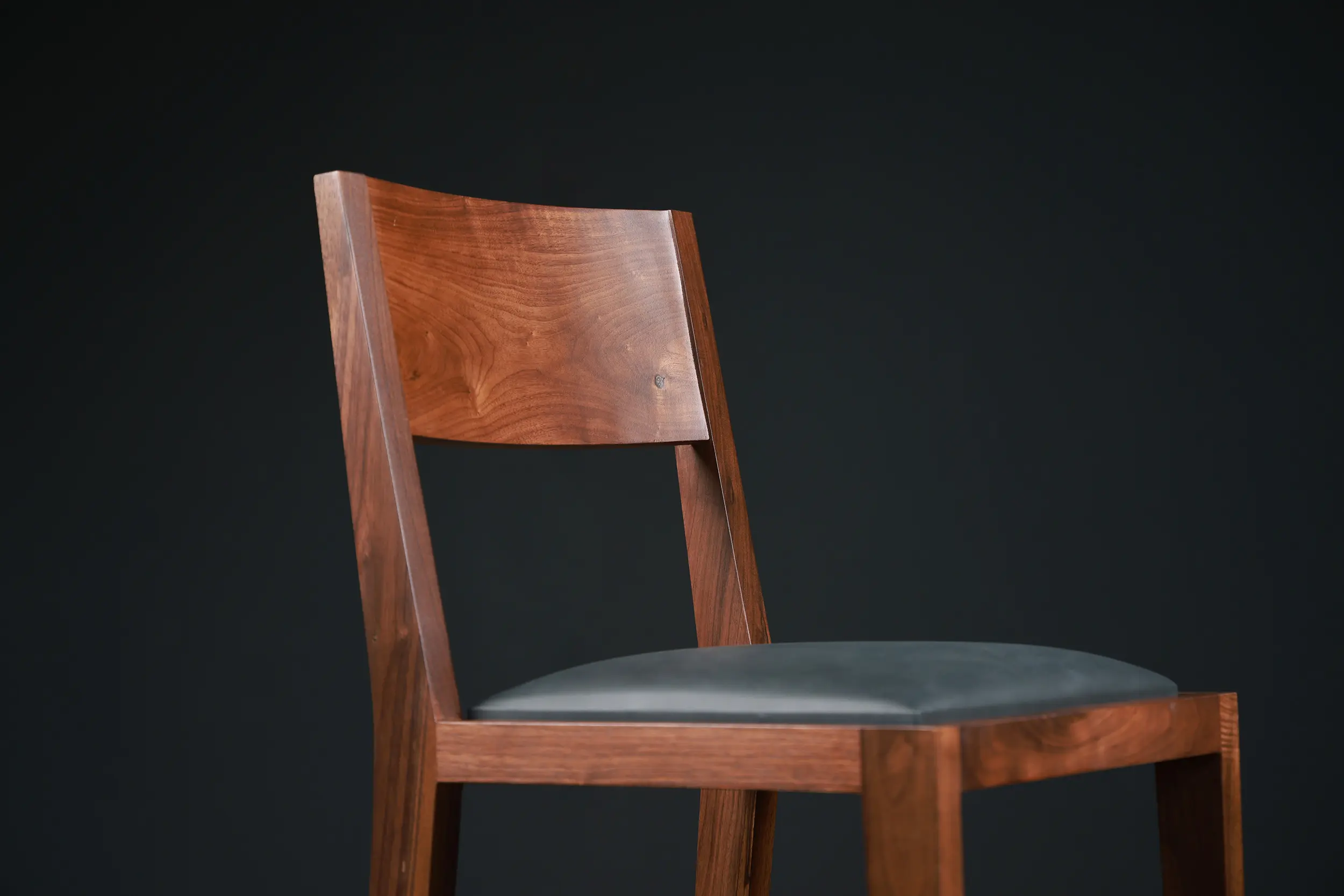
Additional chair reinforcement
Durability is one of the most important components of luxury restaurant seating. One way to reinforce the structure and provide better weight management is to incorporate side stretchers or U-stretchers. These reinforcement features add more joints and visual interest to the overall design. For upholstered models, a hardwearing seat can add additional reinforcement in the form of a wood panel, with extra weight to prevent backward tilting.
Upholstery fabrics with high double rub counts will fare much better under continual use, but designers should also consider their placement. Different standards apply for outdoor furniture, especially when exposed to moisture, precipitation, sunlight, and temperature differences, as we will discuss below.
Fire-resistant materials and treatment
The best restaurant chairs must offer protection against potential hazards with quality fire-retardant materials and manufacturing methods. For solid wood chairs, restaurant furniture manufacturers should use spray or fire retardant varnish, as well as paint, to provide permanent protection.
Upholstery fabrics are treated with fire retardant chemicals to meet safety regulations as well, and the process generally involves spraying. The solution must be applied evenly across the surface, without oversaturating any part of the fabric. It is important to clean the upholstered furniture before applying the spray, and then allow it to dry naturally. A deep cleaning process may compromise the protection, so reapplication will likely be necessary over time for all types of restaurant furniture.
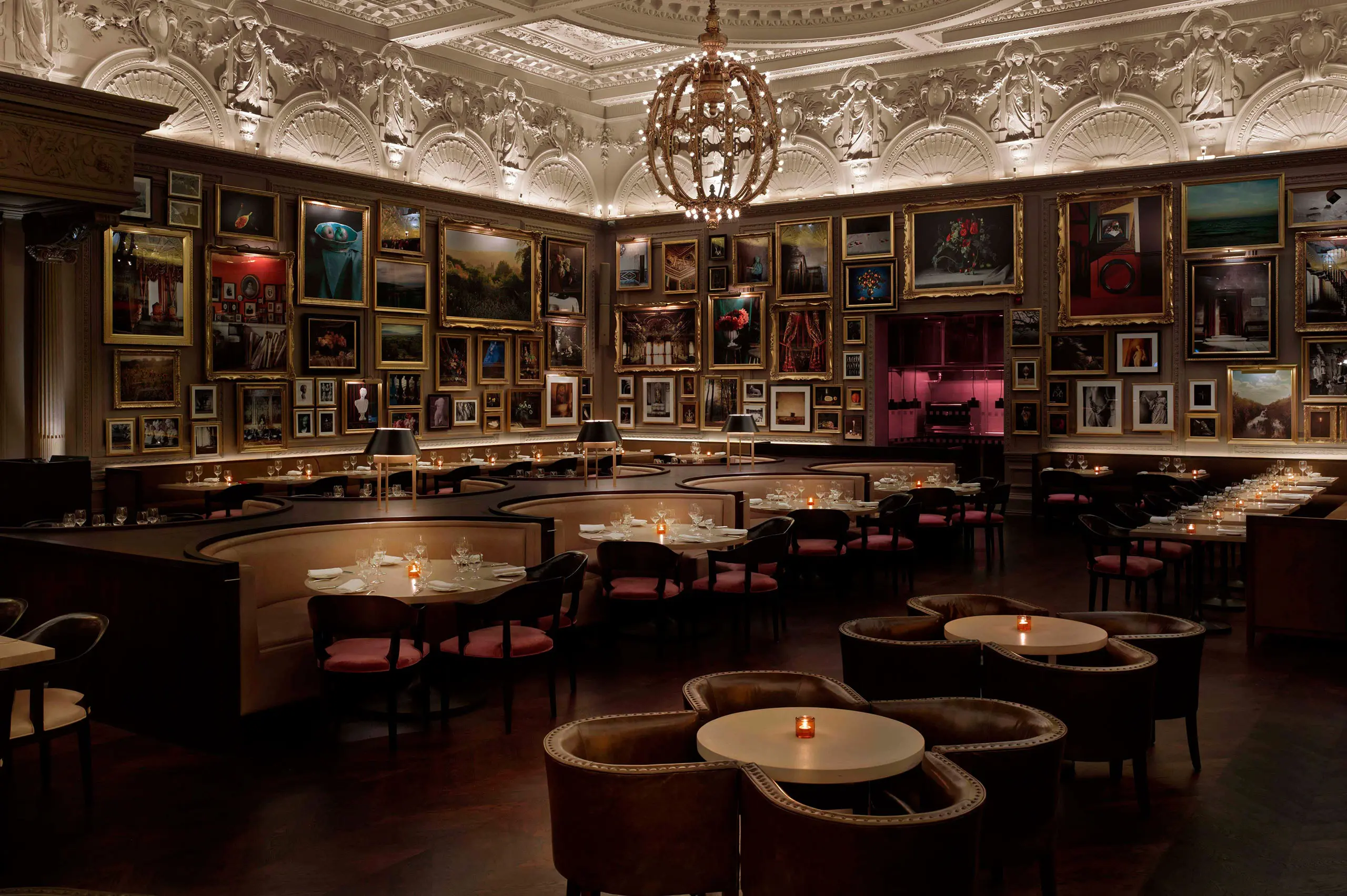
What to look for in outdoor dining chairs?
Outdoor restaurant seating should offer perfect protection against the elements. SENTIENT has experience manufacturing weather-resistant furniture and we understand the principles behind choosing the right materials and employing the proper manufacturing techniques. Outdoor dining chairs can feature stainless steel or a variety of powder-coated finishes, with a diverse range of upholstery foams and fabrics, for minimal water retention.
Outdoor hardwood species: We import premium quality South American hardwoods including Teak, Black Locust, Garapa, and Ipe, which exhibit superior resilience due to their natural weather resistance, high density, and exceptional dimensional stability. Such qualities, combined with an inherent resistance to fungi, termites, and decay, as well as high oil content, make these wood species ideal for outdoor placement.
Weather-resistant upholstery: dyed fabrics will fare much worse under sun exposure, than those that have color as an integral part of the yarn. Wool will retain its form even in high-moisture environments, and pile fabrics, like bouclé and chenille, will dry faster. Flat surfaces and reticulated foam will allow water to slide and dissipate quickly.
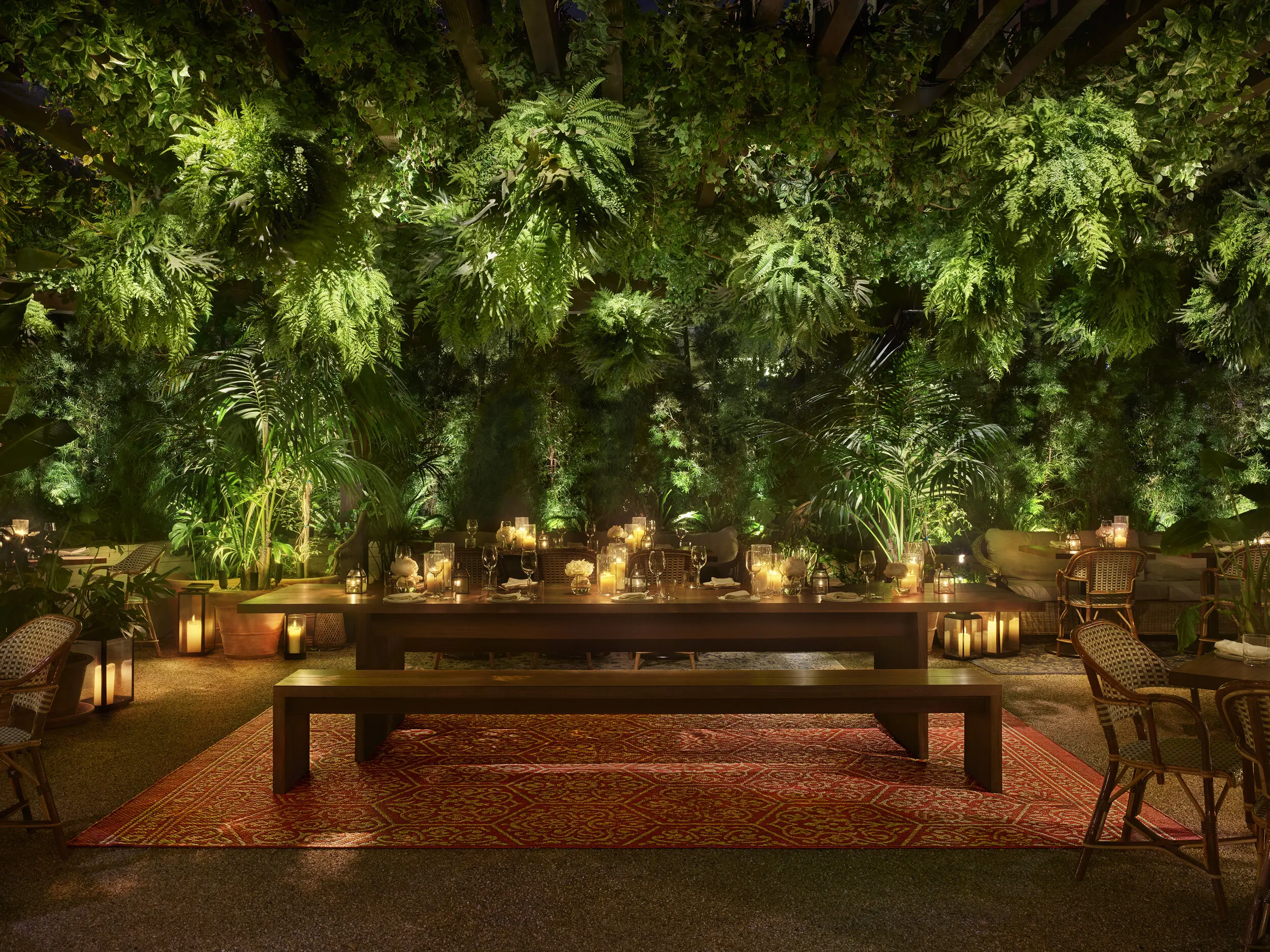
Ergonomic principles behind the best restaurant chairs
Most trends in interior design converge toward health and well-being. Adherence to ergonomic principles has become the norm across the hospitality industry, changing what we value in luxury restaurant seating.
Cozy restaurant chairs must offer lumbar support and seat pan design that promotes proper body alignment, often through a smart selection of contoured models and a combination of upholstery materials. The goal is to distribute the weight evenly, alleviate pressure points, and maintain the natural curvature of the spine. This is how custom dining chairs can distinguish venues from one another, improve seat comfort, and increase guest satisfaction.
The restaurant chair versus the armchair
Dining chairs don’t usually offer support for elbows and forearms, as these may create additional clutter. The upscale venue should consider armchairs for extra comfort, as long as the height of the side support is enough to fit under the tabletop. Alternatively, the sides can remain slightly higher as long as they don’t protrude forward. Exceptions can be made, for example, when the chairs are paired with a round dining table. In this case, the backrest should also complement the overall design narrative, by copying the curvature of the edge.
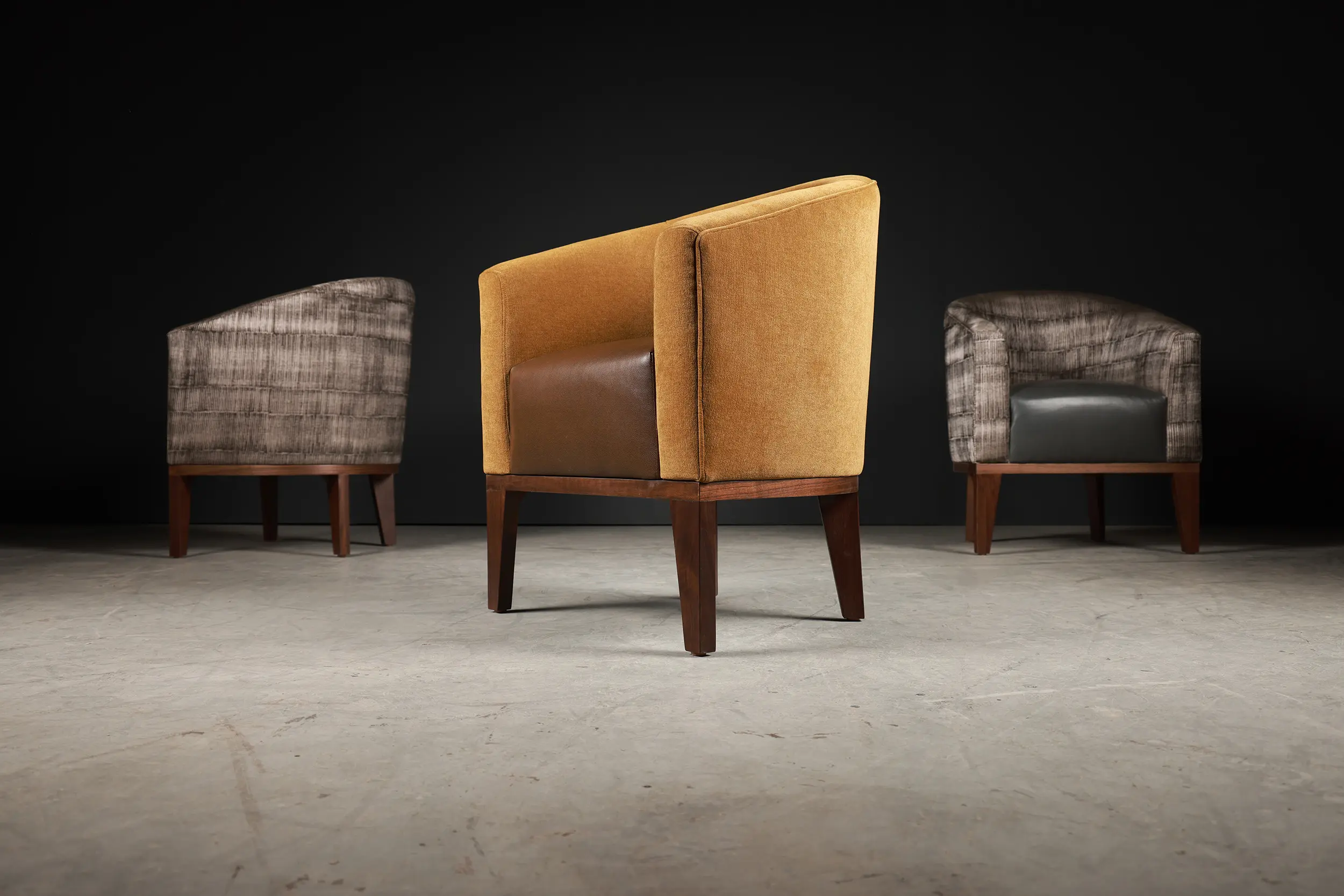
Custom dining chairs
Bespoke models offer unparalleled customization, in terms of materials, size, and shape. From plush seat cushions and tall back support to leg curvature and different stylistic elements, everything can be modified to the requirements of the client. We have worked with dozens of hardwoods, applying an equal variety of wood treatment options to each, with a range of finishing coats for better protection.
Other materials include metals such as blackened steel, polished steel, and weather steel or copper leaf and brass, which can be additionally brushed for visual interest.
Customization can also extend beyond the choice of materials and stylistic decor. Some venues, for example, might prefer stackable chairs that free up space when arranged vertically. These include wedding dinners, where the space is used creatively, or outdoor restaurants and bars where there is limited protection from the weather. The typical upscale venue, however, would almost always prefer sturdy, imposing chairs.
Choosing the right chair glides
Fixed at the bottom of chair legs, these tiny additions protect the furniture, and more importantly the floor from scratching and damaging over time. Glides also reduce the noise from sliding chairs across the restaurant floor, which can dramatically improve guest experience and satisfaction, especially in upscale venues.
Plastic glides will last almost as long as the chair itself, and they represent the most versatile solution. On some floors, like for example marble, wood, or ceramic, they can make noise, so felt glides, which are much softer, are the better option. Metal glides are rarely used, but they are ideal for restaurants with carpets and rugs, as everything else might stick and cause damage.
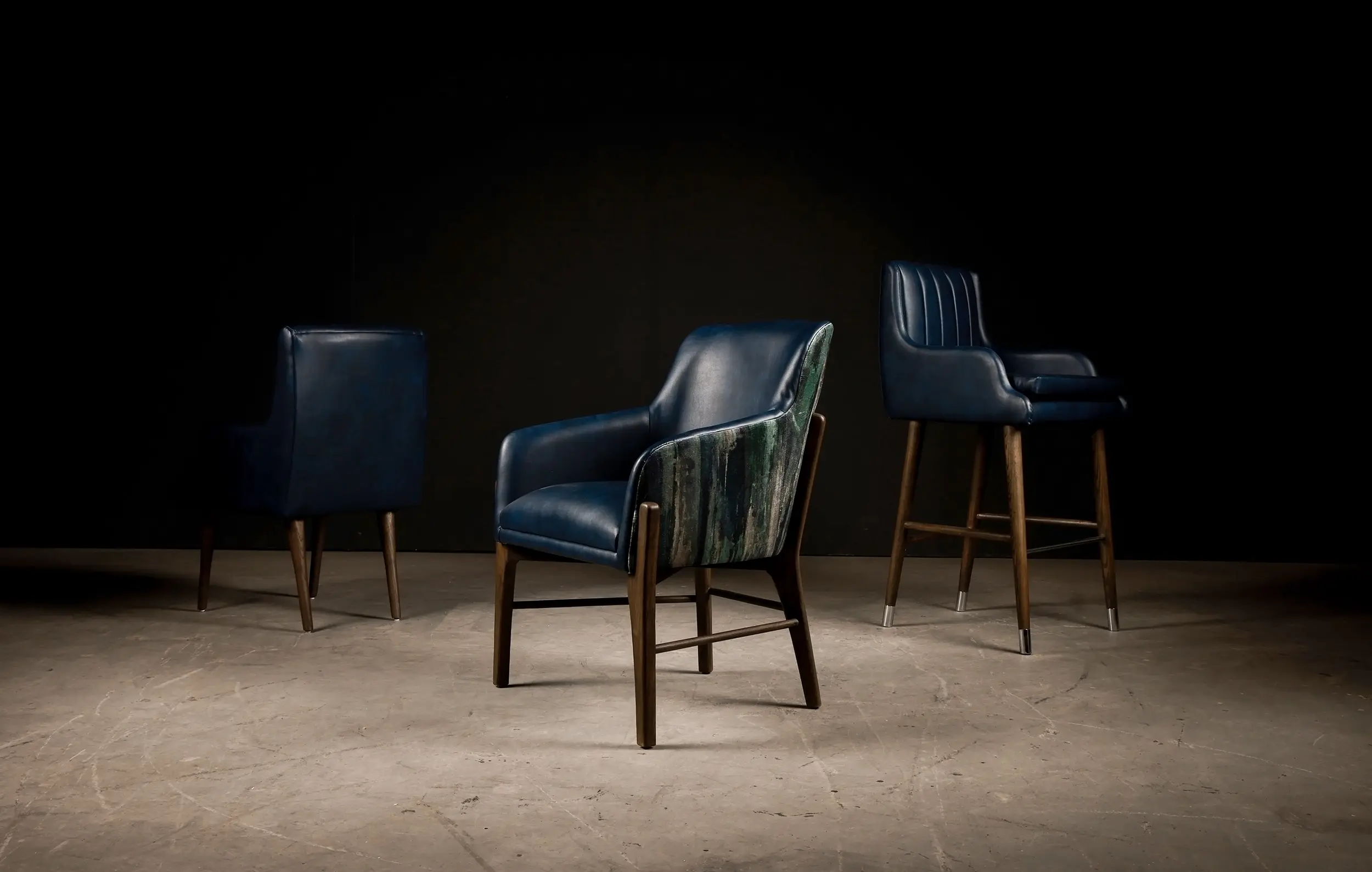
Upholstery options
The choice of custom upholstery has numerous implications beyond stylistic appeal. Upholstered dining chairs should be practical, durable, easy to maintain, and beyond all, comfortable. Cozy restaurant chairs can directly influence the dining experience, making guests more likely to form a positive memory of the venue.
Leather restaurant chairs, for example, are comfortable year-round, as the material is breathable and easily adjusts to temperature differences. This is why leather restaurant chairs are equally at home in warm areas and snowy retreats.
Organic wool, on the other hand, is intricately textured, durable, and stain resistant, but also excellent for outdoor environments high in moisture. Linen is hypoallergenic and smooth, providing a cool surface that is ideal for areas with a warmer climate. Derived from the fibers of the flax plant, it is generally the most eco-friendly option.
Velvet dining chairs have a plush texture which is in line with the overall décor of many opulent establishments. However, these are best for small and private areas, as velvet is difficult to maintain, and it is not particularly durable.
Synthetic options can imitate most natural materials, and even improve upon some of their features, so it is important to talk to a skilled designer who understands their use case. Acrylic, for example, will hold off well in an outdoor setting, whereas microfiber will offer ease of maintenance at an affordable price.
Whatever the case, most synthetic fabrics have a high carbon footprint. Their durability, however, may schedule off any replacements, so consider the tradeoff between sustainable materials and longevity, which has a bearing on our environment.
As for the frame, metal chairs offer stylistic versatility that is somewhat different than that provided by wood, so the choice depends entirely on the overall design. Modern dining chairs would use metal more liberally, especially in bar settings, and even more for restaurant high chairs, where metal legs provide more durability.
Finish options for the best restaurant chairs
While all finish options offer different levels of protection and aesthetic appeal, three categories stand out. Polyurethane, which is available in a water-based variant, creates a highly durable surface that can withstand heavy use. Applied correctly, it is water-resistant and holds well against any type of damage. Polyurethane is a commercial-grade finish not only because of its durable protection but also because of its versatile color expression as it offers a matte as well as glossy sheen to any wooden surface.
Another great finish for luxury restaurant seating is lacquer, which offers a hard, durable coat that endures heavy use, and provides protection against water and alcohol. This one is more difficult to apply, but handled by competent craftsmen, it makes wooden chairs look like a work of art.
Oil finishes are equally popular, if not for their durability then for their natural look. Penetrating the wood, they accentuate its grain and provide a deeper, warm hue that is further embellished by wax, which pairs nicely with most oil finishes.
Upholstered dining chairs can benefit from spray applications that repel water and make them stain-resistant, but much depends on the fabric in question and their use-case scenario.
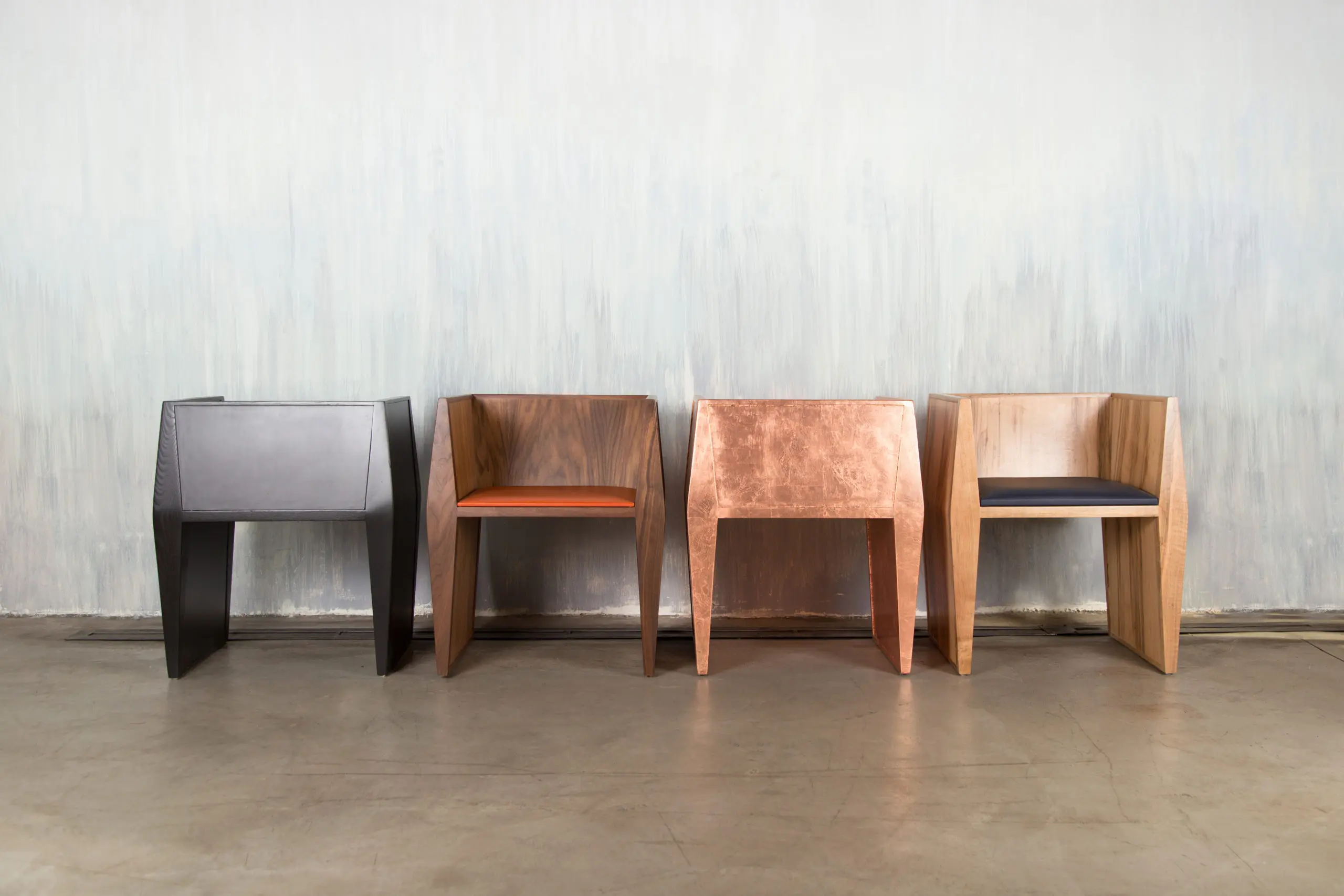
Choosing the best restaurant dining chair
In the bustling milieu of hospitality furniture, the dining chair may seem inconsequential. Yet, this timeless restaurant furniture item is the touchstone of the gastronomic experience. Marrying functionality and aesthetics, modern dining chairs imbue the upscale venue with comfort and create a sophisticated visual narrative. Cozy restaurant chairs are a staple of restaurant seating, offering a modular, highly versatile layout that is impossible to achieve with banquettes alone. Choosing the best restaurant dining chairs takes a great deal of planning, and the article above provides an excellent resource for designers and venue owners who are considering a future investment.

